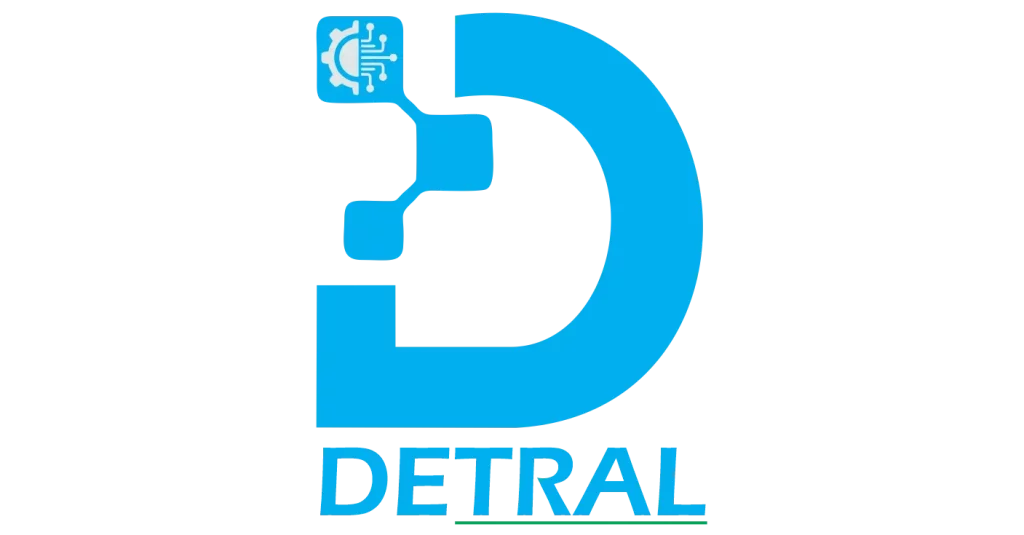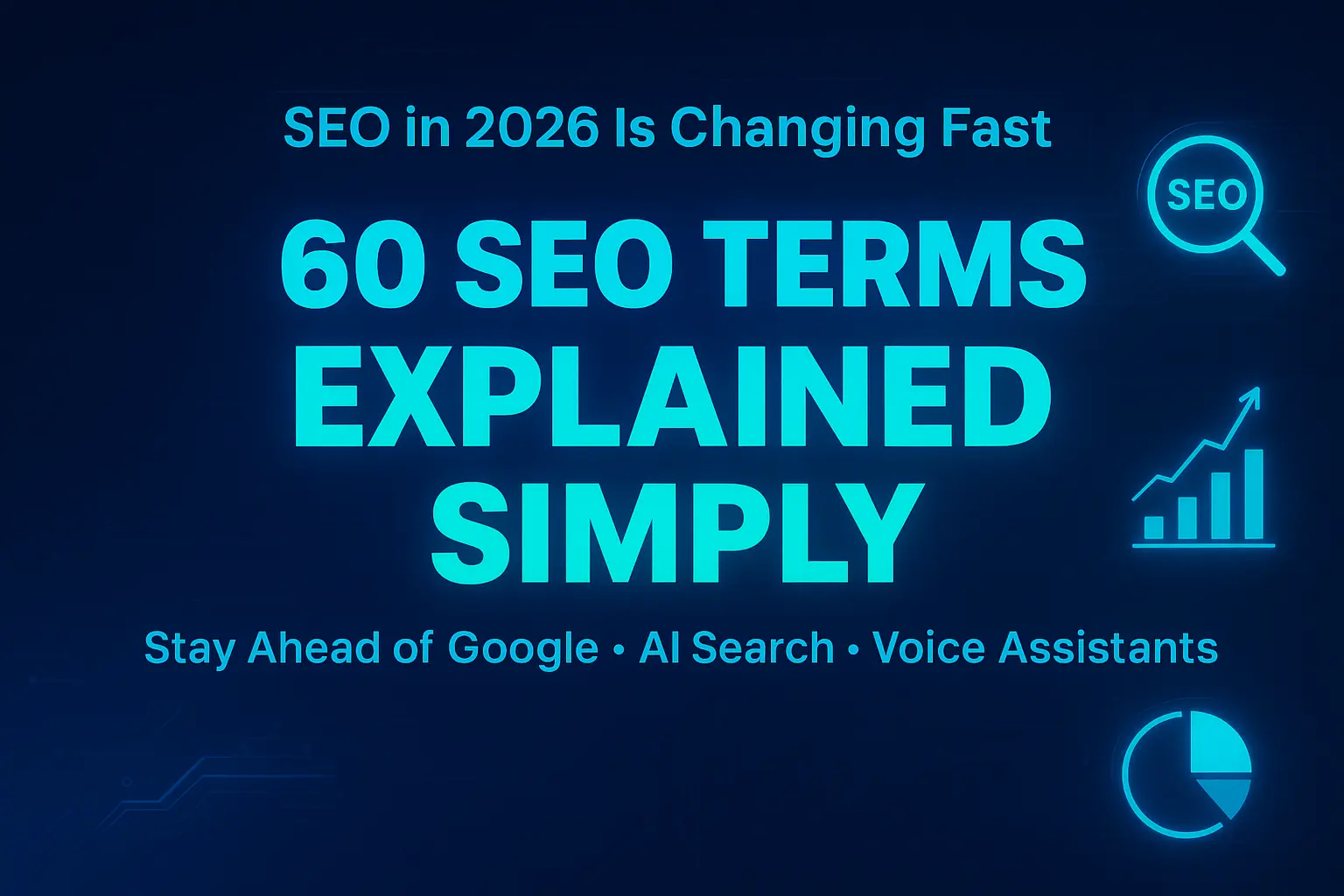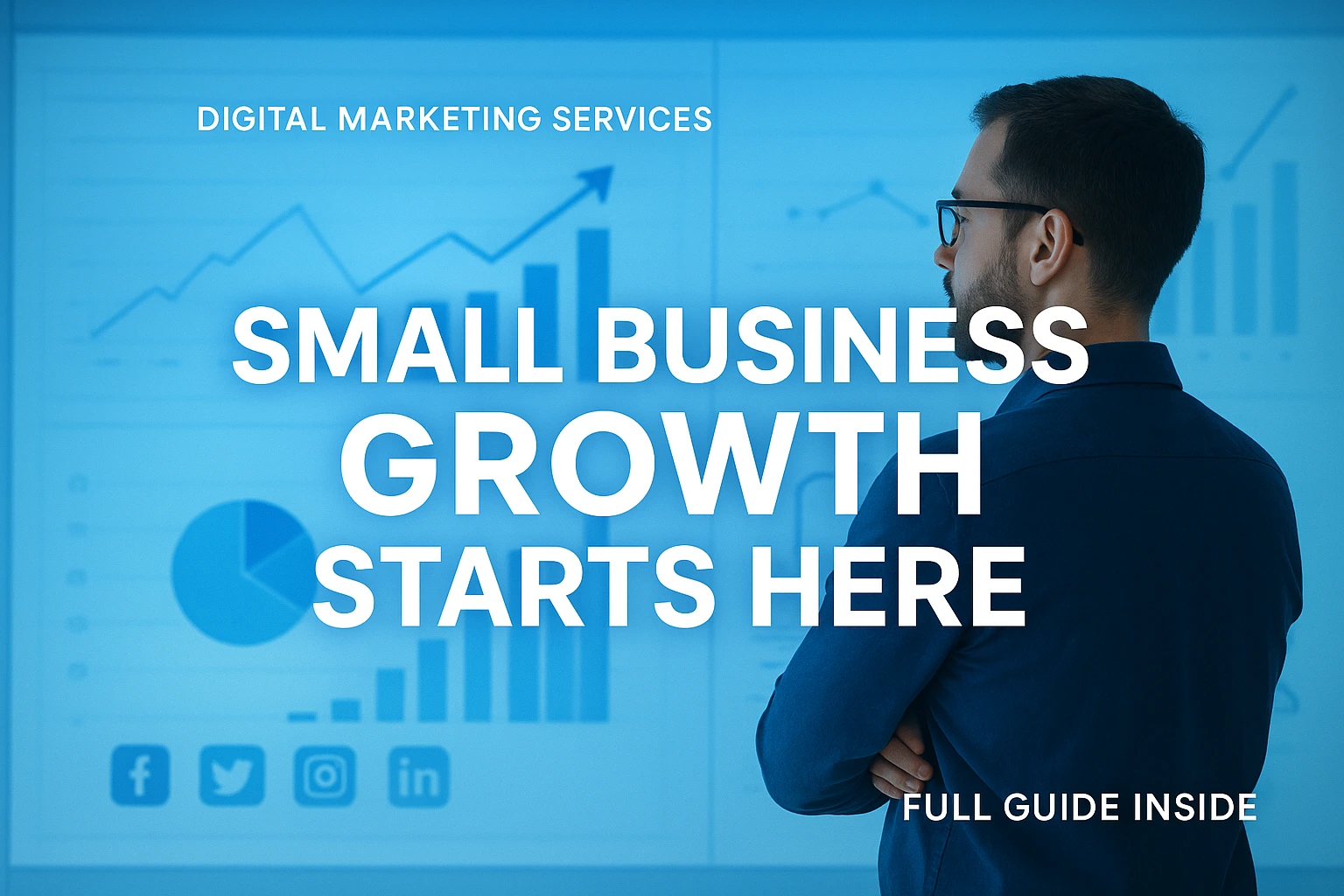As we move into 2025, the world of web design continues to evolve at lightning speed. If you’re thinking about revamping your website or creating a new one, it’s time to get ahead of the curve. From interactive designs to AI-driven features, this year is all about enhancing user experience and aesthetics. Let’s dive into the new web design trends 2025 and how you can use them to create a website that doesn’t just look great but performs beautifully.
Table of Contents
ToggleStaying Updated with Web Design Trends
In a world where attention spans are short, your website is your digital storefront. If it doesn’t immediately grab attention, visitors will leave before they even scroll. Staying updated on new web design trends in 2025 can give you a competitive edge and keep your website fresh and engaging.
Minimalism is Here to Stay
Minimalist design has been trending for a while, but it’s still at the forefront of new website design. Clean layouts, plenty of white space, and clear calls to action are essential for creating a user-friendly experience. Simplicity helps focus attention on what matters most your content.
Bold Typography Takes the Spotlight
In a minimalist design, bold typography is your best friend. Big, striking fonts help create a sense of hierarchy and draw attention to important elements. In 2025, expect to see oversized, expressive fonts leading the charge, especially for headlines and product names.
Why Less is More in Web Design
Less clutter means more focus. Think of your website like a room—if it’s too full of furniture, it becomes overwhelming. Minimalism lets your content breathe and makes it easier for visitors to find what they need.
Dark Mode: Stylish, Modern, and Gentle on the Eyes
Dark mode isn’t just a fad; it’s actually a useful feature. Dark-themed websites are easier on the eyes, particularly for users who spend long hours staring at screens. Plus, dark mode gives your website a sleek, modern look that can make it stand out.
The Power of Contrast
With dark mode, contrast is key. Pair dark backgrounds with vibrant colors to make buttons, icons, and text pop. This is especially useful for call-to-action buttons, helping guide users toward conversions.
Interactive Designs: Engage Your Users
User interaction is more critical than ever. Interactive elements like animations, micro-interactions, and scroll-triggered effects can turn a static website into a dynamic experience. This helps keep users engaged and encourages them to explore more of your site.
Micro-Interactions: The Little Details That Matter
Micro-interactions are those tiny animations or responses that happen when users interact with your site like a button changing color when clicked or a form field lighting up when typed into. These small details add personality and make the user experience more enjoyable.
Why Interaction is Key for Retention
Imagine walking into a store where nobody greets you or guides you. It feels cold and uninviting, right? Interactive elements act like the friendly salesperson on your website, keeping visitors engaged and leading them toward their goals.
AI and Machine Learning Integration
2025 is the year AI and machine learning become indispensable in web design. From chatbots that offer real-time support to personalized content that adapts based on user behavior, AI can significantly enhance user experience.
Personalized Content Delivery
Using AI, your website can now deliver personalized content based on individual user behavior. Imagine visiting a website that shows you exactly what you need without searching for it. That’s the power of AI in new website creation.
Predictive Design for Improved User Flow
With AI, predictive design can analyze user behavior and make real-time adjustments to improve navigation. It’s like having a smart assistant that knows exactly what your visitors want.
Voice User Interface (VUI) Grows in Popularity
With the rise of smart devices, voice search and VUI are becoming more important in new web page design. Users are getting more comfortable using voice commands, and websites that incorporate this trend can offer a more intuitive experience.
Designing for Voice Search
Optimizing your website for voice search means thinking about how people speak versus how they type. When creating content, consider the conversational tone users will employ when speaking their search queries.
Immersive 3D Elements and Parallax Scrolling
3D elements are making their way into mainstream web design, adding depth and dimension to websites. Parallax scrolling where background images move at a slower rate than foreground content—creates an immersive experience that pulls users in.
Balancing 3D with Speed
While 3D elements can make your site more engaging, don’t sacrifice speed. Slow-loading pages frustrate users, leading them to bounce. Compress images and optimize your site to maintain fast load times.
Asymmetry and Broken Grids: Ditching Perfect Alignment
Forget perfectly aligned grids; asymmetry is the new trend. Designers are embracing uneven layouts that break the mold of traditional website design. This creates a more dynamic and visually stimulating experience for users.
Creating Visual Tension
Asymmetry creates visual tension, which keeps users interested and encourages them to keep exploring. It’s like walking through a funhouse where everything is slightly off—there’s always something surprising around the corner.
Sustainability and Eco-Friendly Design
Web design is going green. As businesses become more environmentally conscious, websites are following suit. Sustainable web design focuses on reducing the energy footprint of websites by optimizing performance and cutting down unnecessary elements.
Lightweight Websites for Lower Carbon Footprints
The faster your website, the less energy it consumes. By reducing large files, unnecessary scripts, and optimizing performance, you create an eco-friendly site that’s better for both users and the planet.
Accessibility: Designing for All Users
Web accessibility isn’t just something nice to have anymore; it’s a necessity. By 2025, designing with inclusivity in mind is vital to make sure your website works for everyone, including people with disabilities. To achieve this, you need to follow the WCAG (Web Content Accessibility Guidelines) so your site is user-friendly for all.
Why Accessibility Helps Your SEO
Making your website accessible doesn’t only help users with disabilities; it also boosts your SEO. Search engines prefer websites that are easy to navigate, have clear headings, and provide text descriptions for images and videos.
Mobile-First Design: A Must in 2025
Since most people now access the internet through their phones, designing for mobile is no longer just a choice. It’s essential to make sure your website works well on smaller screens. Your website must be fully optimized for mobile to offer a seamless experience across all screen sizes.
Designing for Thumbs
When thinking about mobile-first design, consider how users interact with their devices. Make sure your website is easy to navigate using just thumbs. This means bigger buttons, simpler layouts, and streamlined forms.
Conclusion:
The web design landscape is always shifting, and 2025 brings an exciting mix of trends that focus on user experience, sustainability, and cutting-edge technology. Whether you’re creating a new website or redesigning an existing one, integrating these trends will help ensure your site stands out in a crowded digital space. So, stay ahead of the curve and get creative with these new web design trends 2025 your best year yet!
You can also Find Us on Facebook








